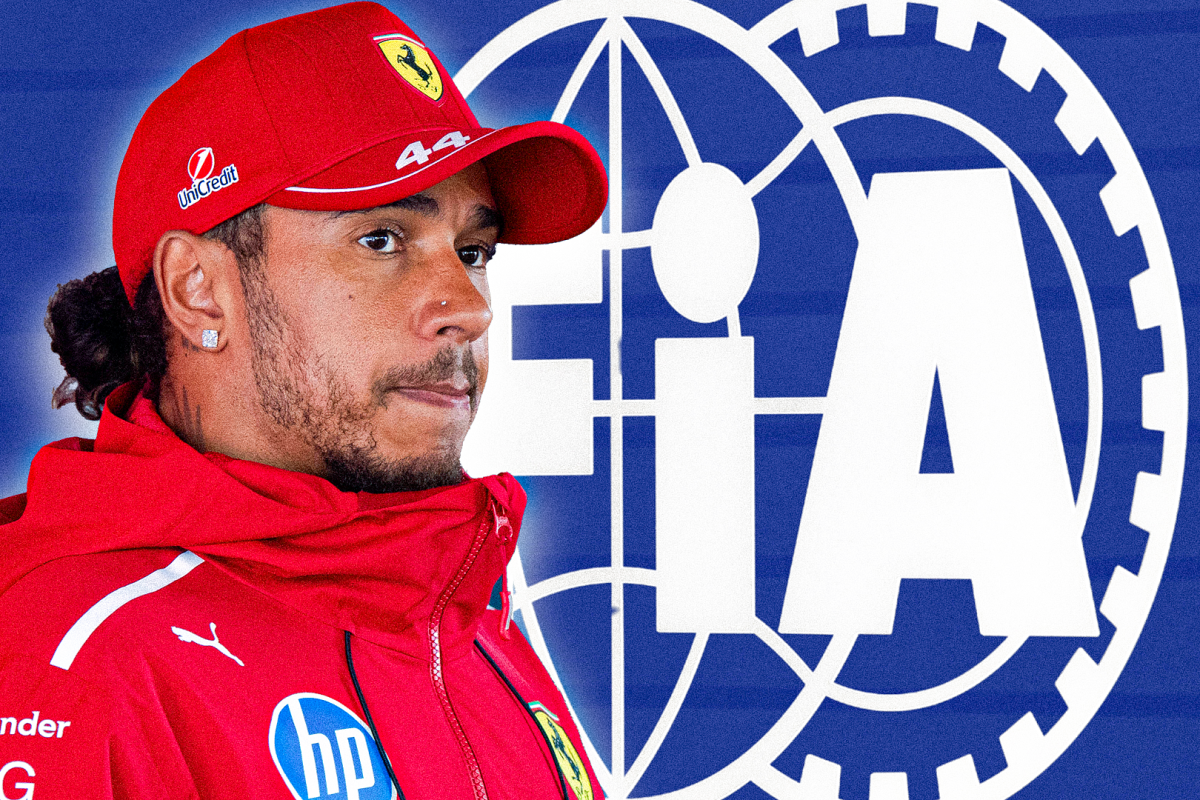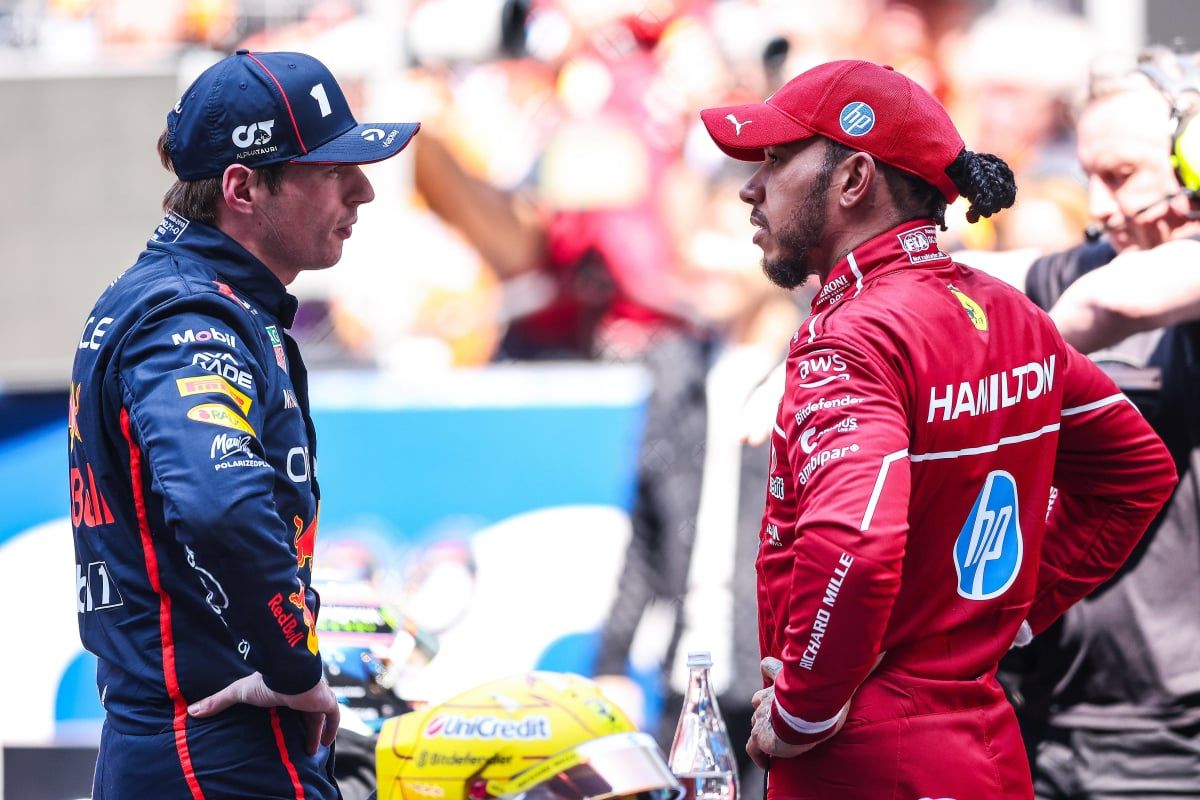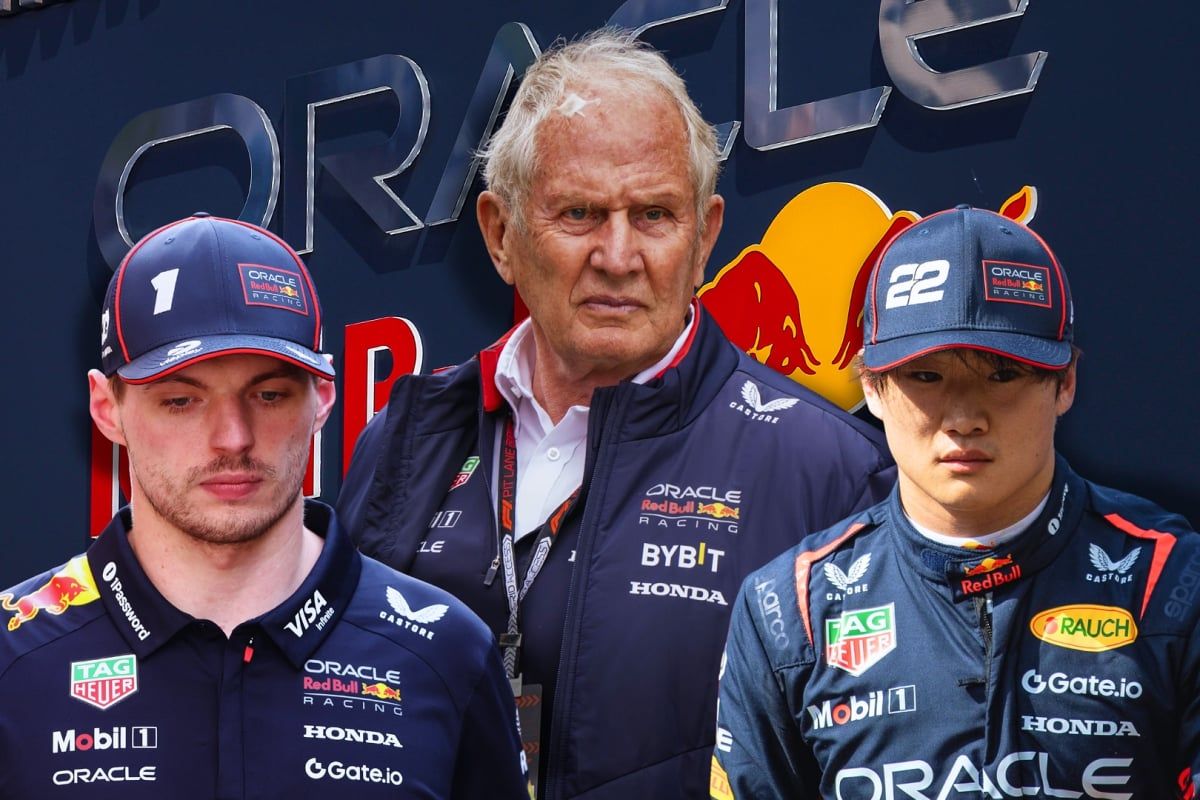FIA Clears Charles Leclerc After Brake System Inspection Ahead of C…read more
Ferrari driver Charles Leclerc has narrowly avoided disqualification from the Spanish Grand Prix following a thorough technical investigation by the FIA, which has now announced the results just ahead of the Canadian Grand Prix. The Monegasque driver had been randomly selected for post-race inspection, a standard procedure carried out on a top-ten finisher to ensure compliance with the sport’s strict technical regulations. In this instance, the spotlight was on Leclerc’s car, and particularly its rear brake system.
Each Formula 1 car is subject to detailed scrutiny by the FIA’s technical team following every race weekend, especially for components where regulations are highly sensitive due to performance and safety implications. For Leclerc, the FIA’s focus was on Article 11.1.2 of the technical regulations. This rule mandates that the braking system must deliver equal force to both sides of a given axle, ensuring symmetry in braking performance. Specifically, it reads: “The brake system must be designed so that within each circuit, the forces applied to the brake pads are of the same magnitude and act as opposing pairs on a given brake disc. Any system or mechanism which can produce systematically or intentionally, asymmetric braking torques for a given axle is forbidden.”
A violation of this rule would constitute grounds for immediate disqualification, given the performance advantage such asymmetry might provide. The FIA’s technical team conducted a rigorous physical inspection of Leclerc’s brake components, analyzing the distribution of braking torque and assessing whether any system could create a non-compliant, asymmetrical effect. Fortunately for Leclerc and the Ferrari team, the investigation found all relevant components to be in full compliance with the regulations. No irregularities were identified, and as a result, no penalties were applied.
This decision comes as a relief to Ferrari, especially given the team’s recent troubles earlier in the season. At the Chinese Grand Prix, Ferrari endured a major setback when both Charles Leclerc and Lewis Hamilton were disqualified after finishing in the top ten. Leclerc’s car was found to be 1kg under the minimum weight requirement of 800kg, while Hamilton’s suffered excessive plank wear—just half a millimetre beyond the limit. These infractions led to both drivers being stripped of their fifth and sixth-place finishes, costing the team a significant haul of championship points.
Had Leclerc faced disqualification from the Spanish Grand Prix, the impact would have been even more severe. He finished third in Barcelona, securing a valuable podium and a significant 15 points towards both the Drivers’ and Constructors’ Championships. Losing those points would have been a major blow to Ferrari’s ongoing push to reclaim dominance in the standings.
Leclerc’s strong form in the 2025 season has been vital to Ferrari’s resurgence. So far, he has claimed three podium finishes, showcasing both consistency and competitive pace. Alongside teammate Lewis Hamilton, who joined the team at the start of the season, Leclerc has helped elevate Ferrari to second place in the Constructors’ Championship, leapfrogging rivals Mercedes and Red Bull.
As the F1 calendar heads into the Canadian Grand Prix, Ferrari will be breathing a sigh of relief and looking to build on the momentum. The team now knows that its car is within the legal parameters, and Leclerc can continue his championship campaign without the cloud of disqualification hanging over him.
In a sport where tenths of a second and millimetres can make the difference between victory and punishment, Ferrari’s escape from penalty underscores the importance of regulatory compliance. For now, the Scuderia can remain focused on performance, knowing that at least for this weekend, the scrutiny has passed without incident.




